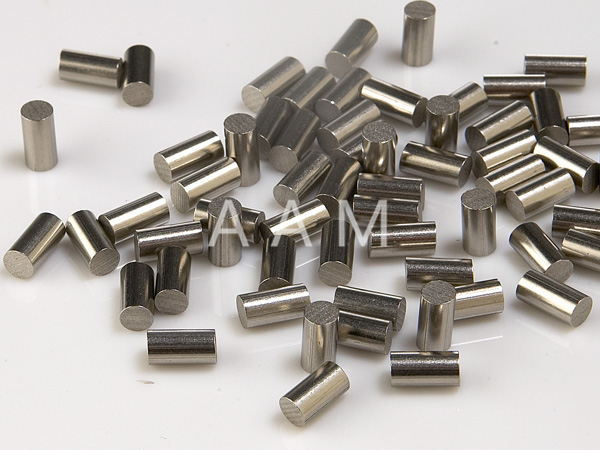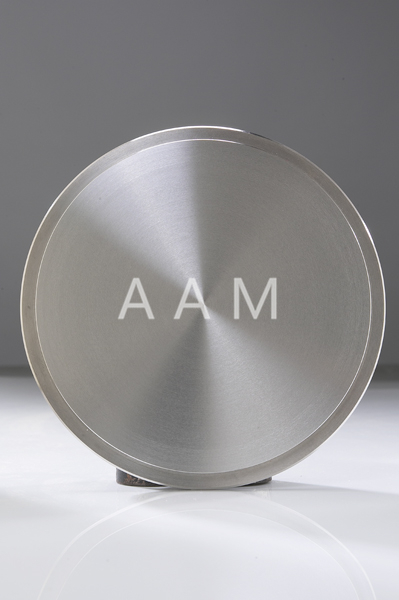What is the difference between evaporation coating and sputtering coating
author: Baidu encyclopedia source: Baidu encyclopedia
It is well known that the common methods of vacuum coating are vacuum evaporation and merchant sputtering. So, what is the difference between evaporation coating and sputtering coating? Many new friends have such questions. Let's take a look at what experts have done for us.
Vacuum evaporation film is a kind of material which is to be evaporated by resistance heating or electron beam and laser bombardment in an environment with vacuum degree not less than 10-2 Pa. The thermal vibration energy of the molecule or atom in the material exceeds the binding energy of the surface, so that a large number of molecules or atoms evaporate or sublimate and precipitate directly on the substrate. Film is formed on it. Ion slurry spray coating is a kind of cathode target which is bombarded by positive ions produced by gas discharge under the action of electric field. The atoms or molecules in the target escape and precipitate to the surface of the plated workpiece to form the required film.
Vacuum evaporation coating is the most commonly used galvanic heating method, its advantages are simple heating source, low cost, easy operation is not suitable for refractory metals and high-temperature dielectric materials. Electron beam heating and laser heating can overcome the shortcomings of resistance heating. In electron beam heating, the focused electron beam is used to heat the bombarded material directly, and the kinetic energy of the electron beam is changed into thermal energy, which makes the material evaporate. Laser heating uses high-power laser as heating source, but because of the high cost of high-power laser, it can only be used in a few research laboratories.
Sputtering technology is different from vacuum evaporation technology. Sputtering refers to the phenomenon that charged particles bombard the surface of a body (target) so that solid atoms or molecules emit from the surface. Most of the emitted particles are in an atomic state, often referred to as the jet atom. Sputtered particles used for bombardment targets can be electrons, quotients or neutral particles, because ions are easy to accelerate in the electric field to obtain the required kinetic energy, so most of the ions used as bombardment particles. The sputtering process is based on glow discharge, that is, sputtering ions originate from gas discharge. Different sputtering technologies adopt different glow discharge modes. DC diode sputtering utilizes DC glow discharge triode sputtering, which utilizes hot cathode supported glow discharge RF sputtering and magnetron sputtering which utilizes ring magnetic field to control glow discharge.
Compared with vacuum evaporation coating, sputtering coating has many advantages. For example, any material can be sputtered, especially the elements and compounds with high melting point and low vapor pressure, good adhesion between sputtered film and substrate, high film density, controllable film thickness and good repeatability. The disadvantage is that the equipment is complex and requires high pressure devices.
In addition, the combination of evaporation and sputtering, i. e. ion plating, has the advantage of strong adhesion between the film and substrate, high deposition rate and high film density.
Warm Tip: I believe that after reading the above, you have a certain understanding of the "evaporative coating and shooting coating what the difference" if you still do not understand, or for the target price and related questions, please contact the manufacturer's hotline.
Vacuum evaporation film is a kind of material which is to be evaporated by resistance heating or electron beam and laser bombardment in an environment with vacuum degree not less than 10-2 Pa. The thermal vibration energy of the molecule or atom in the material exceeds the binding energy of the surface, so that a large number of molecules or atoms evaporate or sublimate and precipitate directly on the substrate. Film is formed on it. Ion slurry spray coating is a kind of cathode target which is bombarded by positive ions produced by gas discharge under the action of electric field. The atoms or molecules in the target escape and precipitate to the surface of the plated workpiece to form the required film.
Vacuum evaporation coating is the most commonly used galvanic heating method, its advantages are simple heating source, low cost, easy operation is not suitable for refractory metals and high-temperature dielectric materials. Electron beam heating and laser heating can overcome the shortcomings of resistance heating. In electron beam heating, the focused electron beam is used to heat the bombarded material directly, and the kinetic energy of the electron beam is changed into thermal energy, which makes the material evaporate. Laser heating uses high-power laser as heating source, but because of the high cost of high-power laser, it can only be used in a few research laboratories.
Sputtering technology is different from vacuum evaporation technology. Sputtering refers to the phenomenon that charged particles bombard the surface of a body (target) so that solid atoms or molecules emit from the surface. Most of the emitted particles are in an atomic state, often referred to as the jet atom. Sputtered particles used for bombardment targets can be electrons, quotients or neutral particles, because ions are easy to accelerate in the electric field to obtain the required kinetic energy, so most of the ions used as bombardment particles. The sputtering process is based on glow discharge, that is, sputtering ions originate from gas discharge. Different sputtering technologies adopt different glow discharge modes. DC diode sputtering utilizes DC glow discharge triode sputtering, which utilizes hot cathode supported glow discharge RF sputtering and magnetron sputtering which utilizes ring magnetic field to control glow discharge.
Compared with vacuum evaporation coating, sputtering coating has many advantages. For example, any material can be sputtered, especially the elements and compounds with high melting point and low vapor pressure, good adhesion between sputtered film and substrate, high film density, controllable film thickness and good repeatability. The disadvantage is that the equipment is complex and requires high pressure devices.
In addition, the combination of evaporation and sputtering, i. e. ion plating, has the advantage of strong adhesion between the film and substrate, high deposition rate and high film density.
Warm Tip: I believe that after reading the above, you have a certain understanding of the "evaporative coating and shooting coating what the difference" if you still do not understand, or for the target price and related questions, please contact the manufacturer's hotline.






